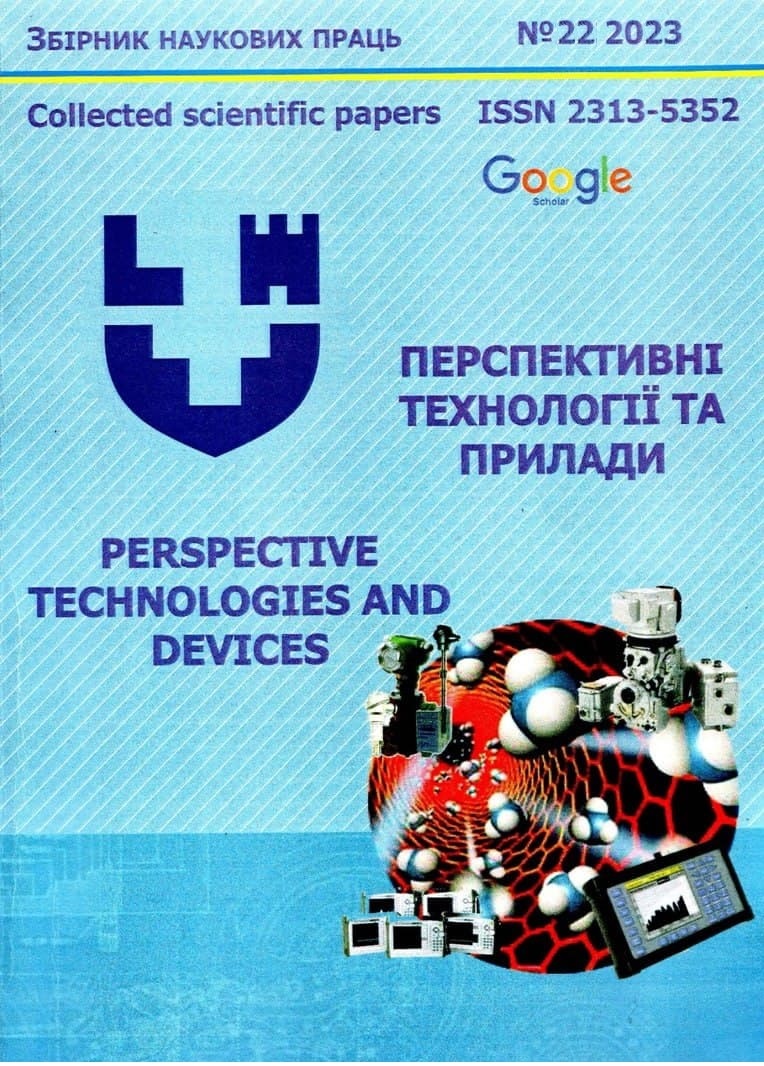PROSPECTS FOR THE USE OF ELECTRIC BUSES IN UKRAINE
Abstract
The article considers the feasibility of using electric buses in Ukraine. As a result of the literature analysis, it was found that electric transport has a number of advantages over traditional cars. This type of transport in medium-sized cities can be represented by trolleybuses and electric buses. When using trolleybuses, significant capital investments are required for the construction of electrical lines and substations. The main advantages of electric buses are low operating costs, reduction of general background noise in the city, increased comfort for passengers due to low noise and vibrations in the cabin, and the absence of harmful emissions. Performed technical and operational analysis based on planning data for the main types of urban public transport. A method for assessing the economic efficiency of using electric vehicles has been developed. The economic feasibility of using electric buses in medium-sized cities where public transport is represented by buses and trolleybuses is considered. The research methods are theoretical. The savings in operating costs from replacing a bus with an electric bus of similar passenger capacity are UAH 1 million 600 thousand per year, and from replacing a trolleybus – UAH 1 million 250 thousand UAH per year. As of the beginning of 2022, the cost of running 1 km of an electric bus is UAH 7.2, a trolleybus is UAH 18.8, and a bus is UAH 22. The disadvantage of electric buses, which hinders their wider distribution, is the high cost of batteries, which can be up to 50% of the total cost, as well as lower passenger capacity compared to other modes of transport. A way out of the situation can be the installation of cheaper batteries of smaller capacity on electric buses and the use of recharging at the final stops.
ання підзарядки на кінцевих зупинках.


 https://scholar.google.com.ua/citations?
https://scholar.google.com.ua/citations?

